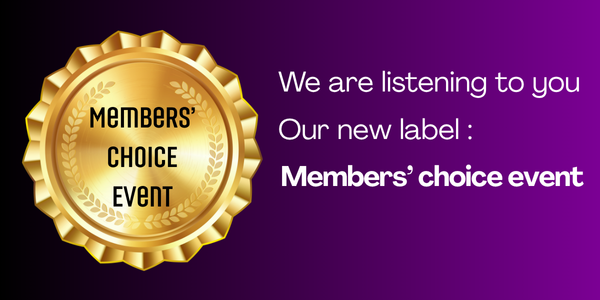
Author: Alpha Ziman, PMP, PMI-PBA
Workshop Recap: “Authenticity and Armoring in Team Dynamics” with Catherine Peloquin
On May 15, the PMI Switzerland Chapter welcomed a vibrant group of project managers and industry enthusiasts to the SIX Convention Point in Zurich for a memorable and enriching workshop.
The session was expertly led by renowned facilitator Catherine Peloquin (LinkedIn Profile), who guided participants through an engaging and insightful program designed to spark discussion, share best practices, and deepen professional skills.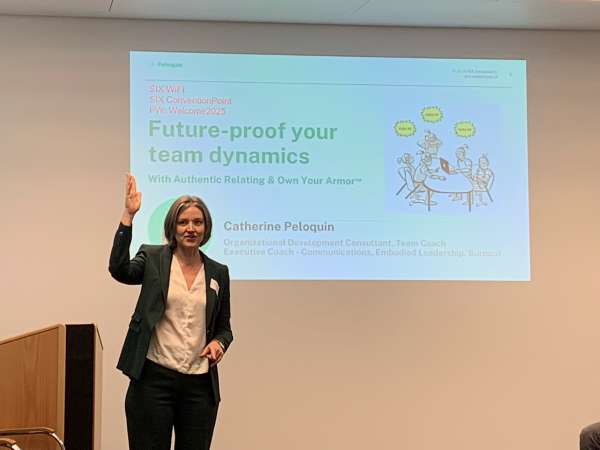
For those who missed the event, the workshop on “Authenticity and Armoring in Team Dynamics” provided project leaders with practical tools to improve team interactions and build genuine connections in today’s fast-paced work environment, focusing on vulnerability, communication, and leadership presence.
The workshop opened with the first session, “Setting the Tone: The Flying Buffet – Icebreaker.”
In this warm-up activity, participants paired up and exchanged surprising personal insights—something their partner would never have guessed. This simple yet powerful exercise set a tone of vulnerability, curiosity, and genuine human connection that resonated throughout the remainder of the workshop.
After setting the tone with the icebreaker, the group moved into a thoughtfully designed sequence of exercises, each building on the last to deepen connection, enhance self-awareness, and explore the power of authentic communication in team settings.
Deepening Connections: The Curiosity Game
To move beyond surface-level interaction, participants took part in the Curiosity Game, where they paired up with someone they felt intrigued by and asked three open-ended questions. This seemingly simple exercise revealed the complexities of genuine curiosity and attentive listening. Some candid reflections included:
- “I wasn’t sure what to ask - it was harder than I expected.”
- “The tone of my questions really affected the conversation.”
- “Three questions just weren’t enough - I wanted to keep going!”
This activity demonstrated that curiosity, when paired with vulnerability, can lay the groundwork for meaningful connection.
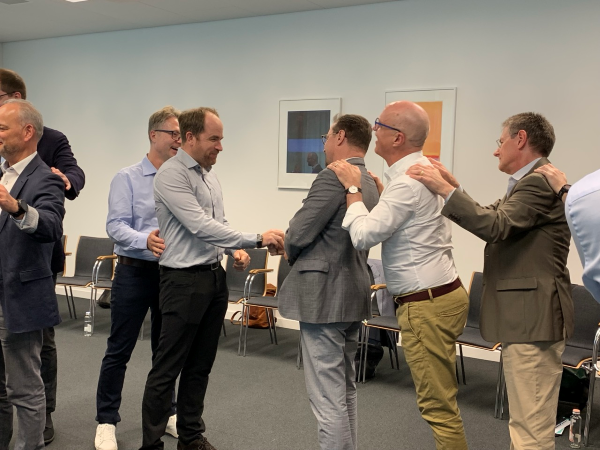
Communication Without Words: The Yes/No/Maybe Game
Building on that connection, the next exercise shifted focus to nonverbal communication. In the Yes/No/Maybe Game, participants could only use those three words—no context, no explanations, no clarifications. This unexpected constraint highlighted how much we rely on tone, body language, and emotional cues to make sense of conversations. Some key insights offered by participants included:
- “I didn’t realize there are so many ways to say ‘No.’”
- “Without context, ‘Yes’ or ‘No’ felt meaningless.”
- “My body language ended up doing most of the talking.”
- “It was actually frustrating just saying ‘Yes’ or ‘No’ over and over.”
The experience emphasized that how we communicate is just as important as what we say.
Exploring Emotional Barriers: Withholds
With the foundation of curiosity and nonverbal awareness laid, the group then delved into a more personal and challenging practice—expressing Withholds. These are the thoughts or feelings we often keep to ourselves, even when they impact team dynamics or personal well-being. Participants found the activity to be both vulnerable and liberating:
- “It was hard to share something so personal.”
- “It felt vulnerable but comforting to be truly listened to.”
- “Sometimes you open up, but the other person isn’t ready to engage.”
This exercise brought to light the emotional armor we sometimes wear and how releasing it can lead to greater trust and authenticity.
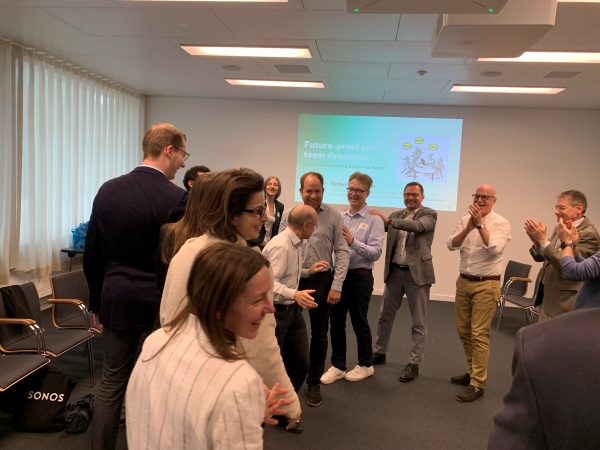
Closing Reflection: Active Listening and Feedback
The day concluded with a final reflection on active listening and mindful feedback, offering participants a chance to debrief and consolidate their learning. This session encouraged thoughtful dialogue about how unspoken truths and withheld feedback affect our ability to lead authentically. Participant reflections included:
- “Not saying what I truly feel can damage authenticity.”
- “Giving honest feedback felt risky but necessary.”
- “Balancing truth with kindness is hard but crucial.”
- “Being truly heard made a big difference.”
It was a fitting close to a powerful workshop - highlighting that true connection requires not just communication, but presence, courage, and compassion.
A Big Thank You!
We extend our heartfelt thanks to the SIX PM Community and SIX Group for generously sponsoring the venue—your support made this impactful event possible.

A special thank you also goes to the incredible PMI Switzerland Chapter team—Philippe Soupart, Daniel Rodellar, Mariia Fufaieva, and many others—whose behind-the-scenes dedication and coordination brought this event to life.
Wrapping Up
The evening concluded with a relaxed Apéro and Networking session, where participants continued the insightful conversations sparked during the workshop
Looking Ahead
As the event came to a close, the atmosphere was filled with connection, reflection, and inspiration. The workshop was more than a learning experience — it was a shared journey into authenticity, vulnerability, and human-centered leadership.
We look forward to welcoming you at future PMI Switzerland Chapter events, where we’ll continue exploring what it means to lead with purpose, empathy, and real connection.
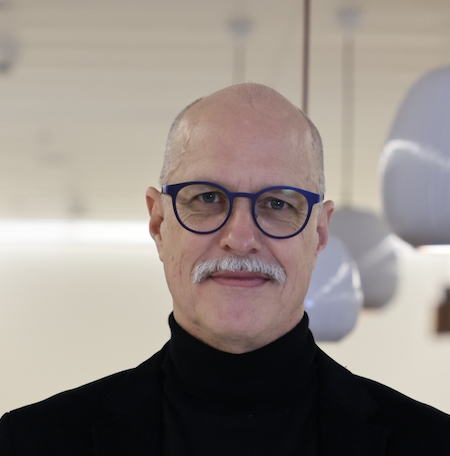 Author: Paul Selwold, PMP, PMI Switzerland President
Author: Paul Selwold, PMP, PMI Switzerland President